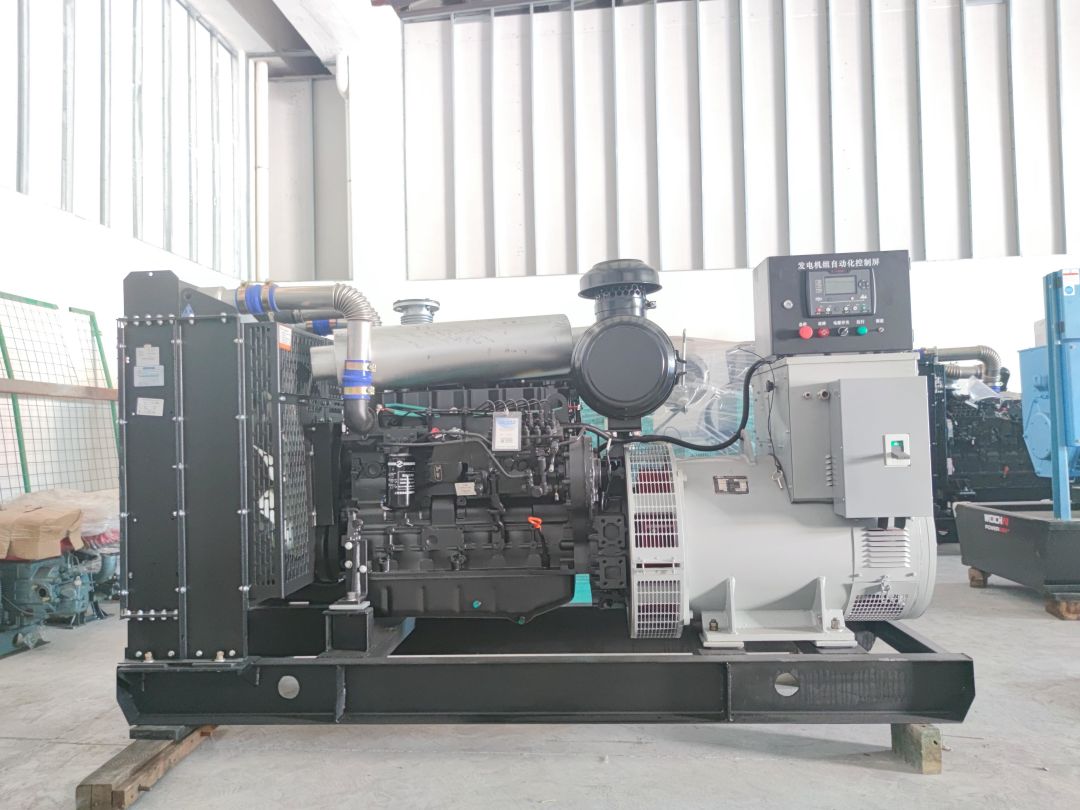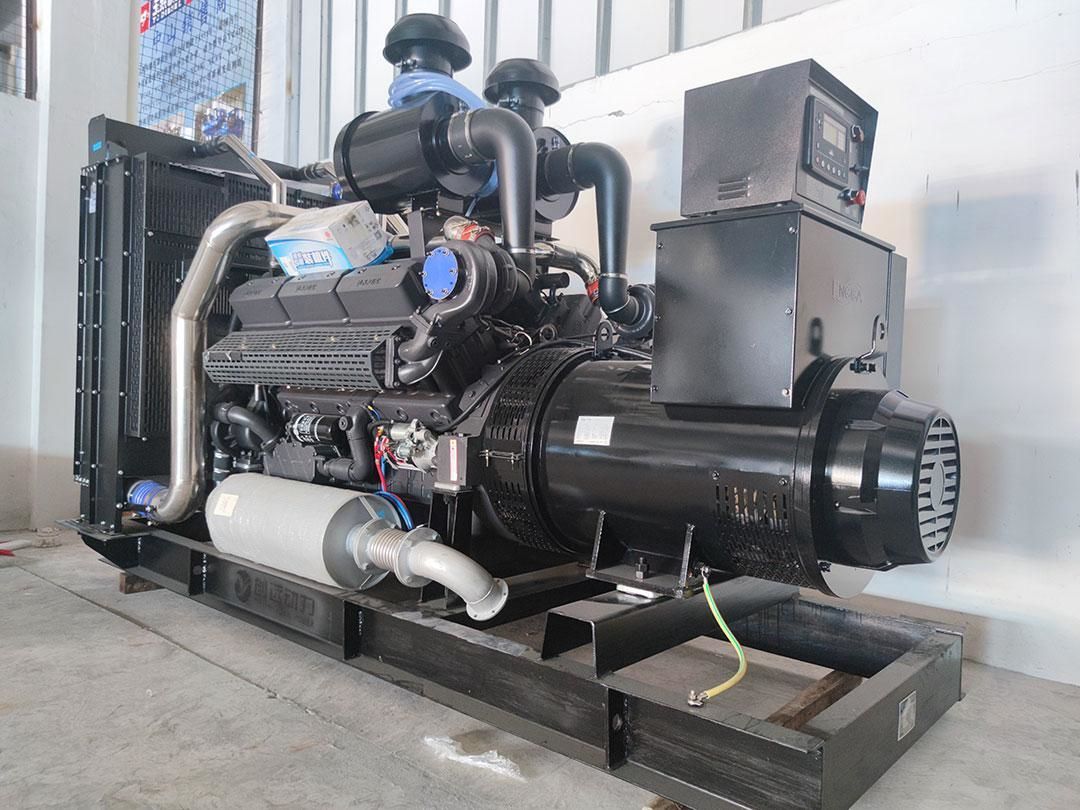1. The environmental temperature is too low.
2. The start speed is low. For the diesel generator shaking the hand, the speed should be gradually increased, and then the decompression handle should be pulled to the non -decompression position, so that there is normal compression in the cylinder. If the decompression mechanism is adjusted properly or the valve holds the piston, it will often feel laborious. It is characterized by the crankshaft to a certain part and cannot be moved, but it can be returned.

The solution of diesel engines when there is loading diesel generator set: diesel engines cannot move:
1. In the case of low temperature, you should do a good job of warm -up of diesel generators, otherwise it is not easy to start.
2. At this time, in addition to checking the decompression mechanism, you should also check whether the timing gear meshing relationship should be wrong. For diesel generators using electric motivation, if the starting speed is extremely slow, most of the motivation is weak, and it does not indicate that the diesel generator itself has a failure. Counter a detailed inspection of the electrical line to determine whether the battery is sufficient to charge the diesel generator generator. What is going on? How should I solve this situation? Next, I will explain to everyone from Deman to Demmann experts.
Failure analysis:
DC generators do not charge batteries is a more common failure phenomenon, which is generally caused by poor contact with DC generator rotor, DC generator rotor, DC regulator or charging line.

cause of issue:
1. DC regulator damage
2. Poor carbon brush of DC generator
3. Rotor damage
4. Disposity damage
5. Break off or poor contact of the systemic output cable
Failure exclusion method:
1. Check the connection cables without found abnormalities
2. In the absence of a test instrument, one end of a thin guide wire can be fixed on the engine wiring pillar, and the motor case is exposed to the other end. If there is a spark, it will quickly remove the wire. However, no sparks were found in the inspection, which showed that there was a failure inside the DC generator.
3. Disassemble the generator to check the internal contacts, and find that the systemic wiring and the magnetic field "F" wiring is good. After pulling out the rotor, it was found that the rotor and the stator friction caused the rotor to burn out, and the DC generator bearing has also been damaged.
4. After replacing bearings and rotors, the DC generator has been generated normally after assembly and test machines. , Whether each wire connection is tight and whether the starter work is normal.
Post time: Jun-21-2023
